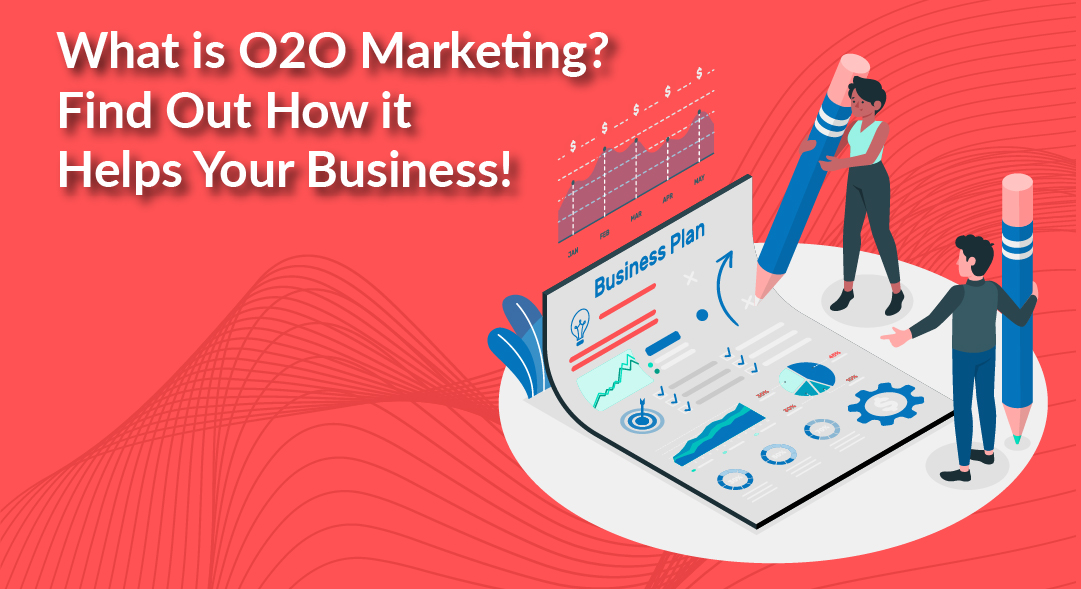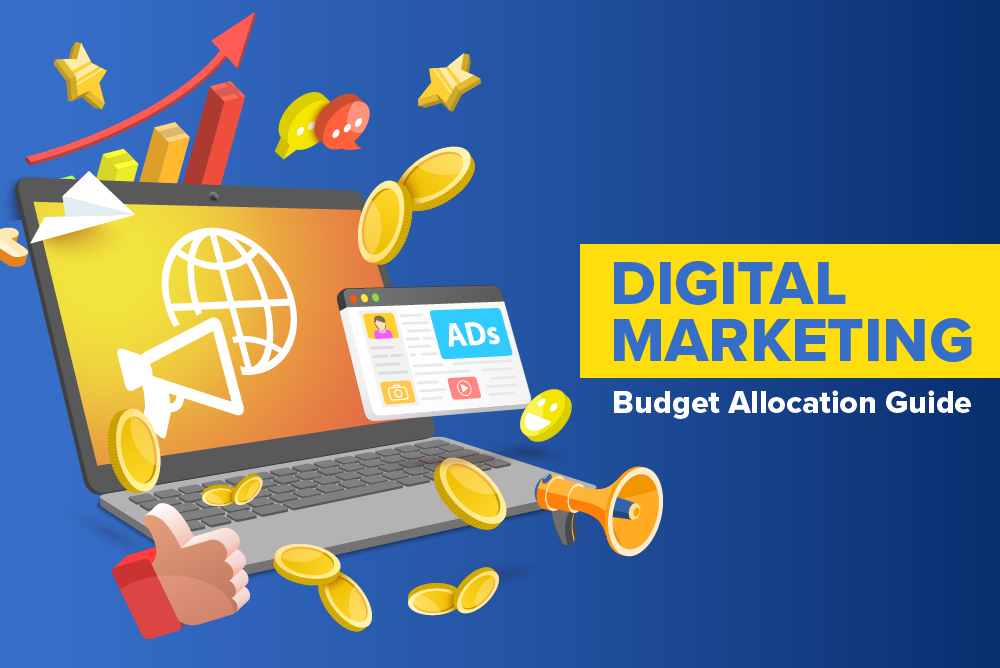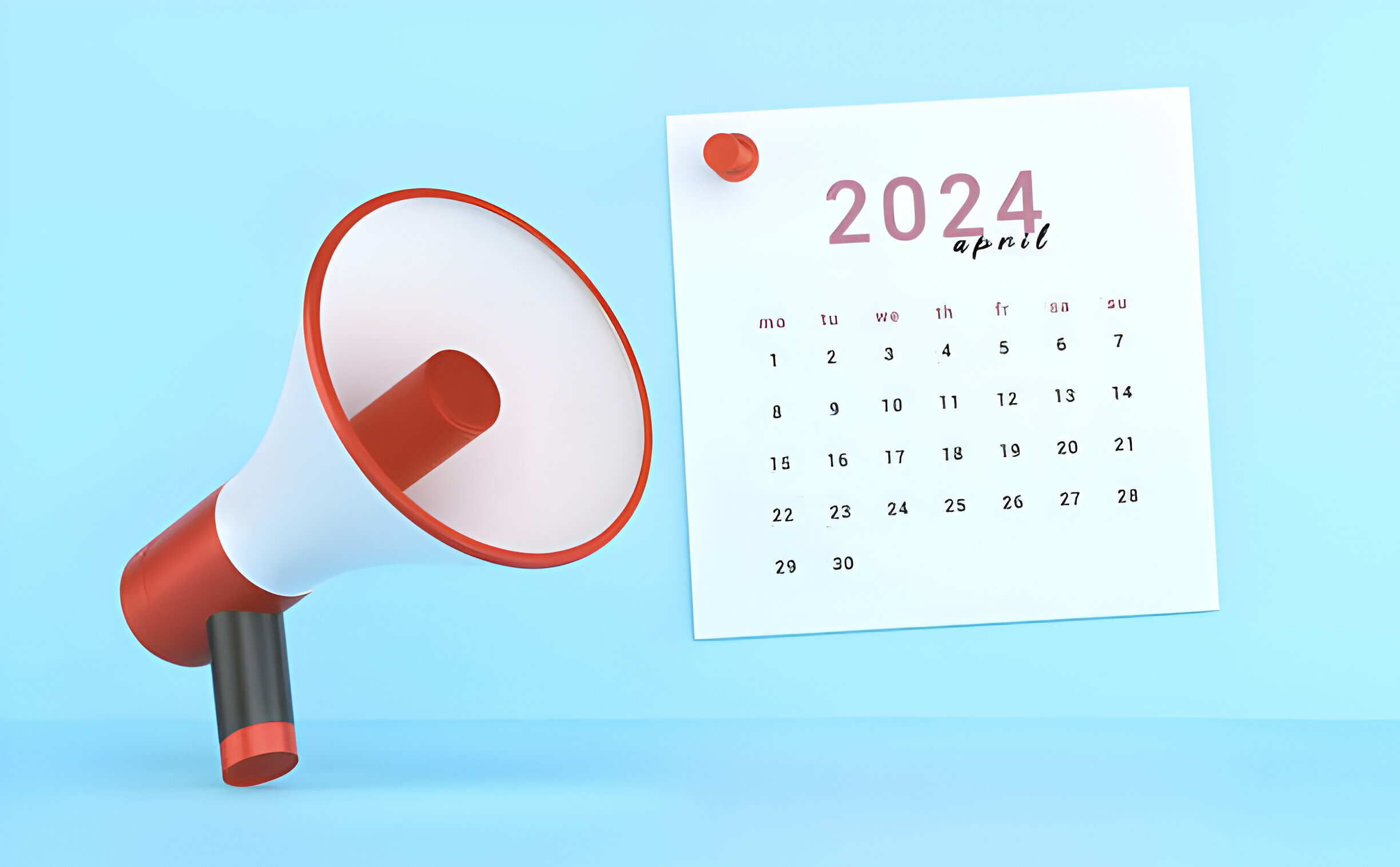While we are all familiar with the usual buzz phrases like B2B (business-to-business) and B2C (business-to-consumer), O2O marketing is a term less known to us. O2O stands for “online to offline” and is sometimes referred to as “brick and click”. It simply means digital marketing through emails, social media, apps, etc that encourages your online prospects to buy from your physical store.
O2O marketing can also apply to the reverse, in which consumers are in the physical store but ultimately decide to purchase online, hence “offline to online”. This decision can be made for a variety of reasons, including selection, price, and convenience. There are many aspects to O2O and the challenge lies in ensuring a seamless flow between the physical and the digital.
Not all businesses are suitable for O2O, obviously, a physical storefront is necessary for this localised marketing strategy.
Although it can also work for businesses marketing to regional and even global audiences, with a physical presence where they are advertising, it may not be as effective. Companies with both physical storefronts and eCommerce interfaces should apply this marketing strategy in order to build an audience from both platforms, which serves to broaden the reach of a business.
How does O2O Marketing work?
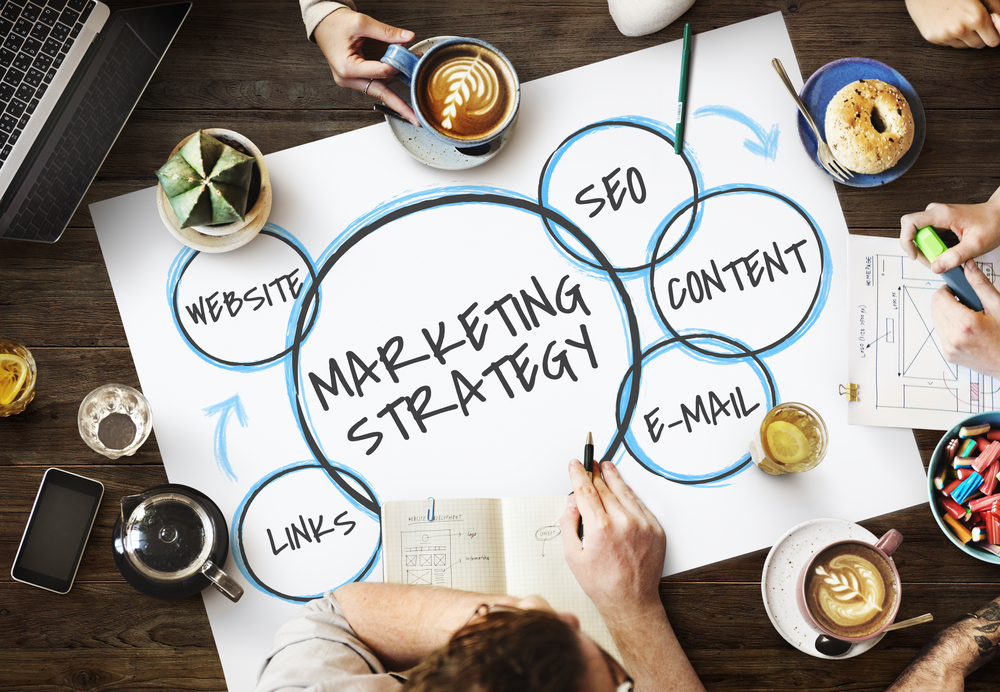
Since we have established O2O marketing can work in both directions, it is effective in allowing a business to use a wider network of potential customers to broaden its reach. It allows a company with a strong existing local presence to translate it to an online launch, and it also enables them to direct more customers to their physical stores by offering self-pickup.
Combining online and offline strategies
Combining both your offline and online strategies ensures you do not miss out on any potential sales. There is a definitive link between online and offline sales, especially in the modern business landscape and there is an opportunity cost if you overlook that in your marketing plan. More than 75% of local mobile searches result in an offline storefront transaction and 73% of prospects prefer to look at big ticket items online before they commit to buy offline.
Increasing offline spend
More than just about increasing the number of customers to your offline store, O2O marketing can also increase the spend of each customer. Make your customer feel comfortable in your store and they are more likely to stay longer and purchase more. With an e-commerce setup, businesses can capitalise when customers make a purchase online, by encouraging them to buy complementary items offline. Catching your customers when they are in an impulsive mood to shop is the best opportunity to boost sales.
Why O2O Marketing?

Many organisations that leverage O2O marketing see greater customer engagement because they deliver a consistent experience that meets their customers wherever they are in the purchase journey, regardless of touchpoint. They drive in-store sales through digital marketing strategies.
Most shoppers looking to purchase big items do research online before heading in-store to make the purchase. Marketers who understand the customer journey and pain points excel in creating an experience that ties online activity to the in-store visit, for a seamless omnichannel marketing experience.
Combining offline and online strategies guarantees you stay top of mind whenever your prospects are thinking about purchasing an item you have. For example, you would want to be the first brand they think of when they want to buy a new oven. Brand awareness plays a big part in that too.
O2O marketing is a great way to work on casual browsers who may have engaged with you once or twice on social media. It is also a remarketing strategy because your marketing will pop up again in other places should your prospects not convert immediately. A good marketer that is familiar with the customer journey will know exactly when to reach out to them. They can capitalise on the optimal moment when customers are browsing online before making an in-store purchase, leading to higher customer satisfaction statistics.
Personalised coupons have also been proven to increase overall customer spend. These unique incentives can be given to highly qualified prospects online, for them to redeem in a storefront. This technique, which is unique to O2O marketing, works well to motivate customers to spend more in-store since they are already making the trip there. Sometimes products are not available online or are out of stock, so having an online store locator and inventory manager reduces your customers’ wasted trips, which they will appreciate greatly.
Localised SEO allows you to capture a broad range of prospects and introduce your business to people in your local area. It is a cost-effective way to market, especially in a recession where most companies are cutting marketing budgets.
Starting O2O Marketing
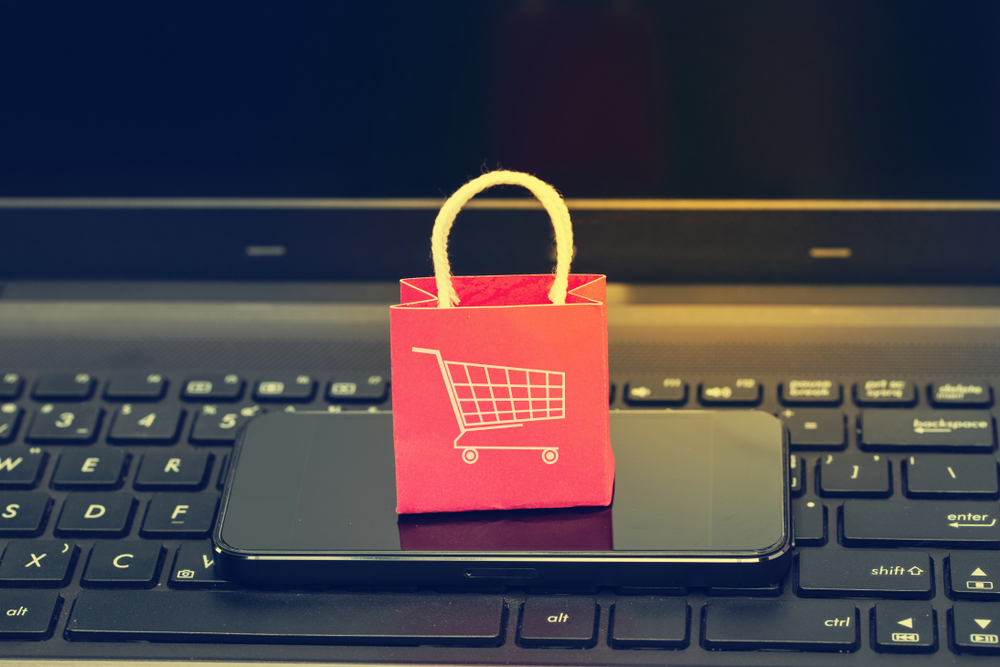
Starting O2O marketing does not have to be difficult. It may appear intimidating, but permitting online activities to take place offline is the first step. One of the biggest trends in retail right now is click-and-collect shopping, in which customers place their order online and collect them at their nearest store at their convenience. This marketing technique feeds into the customer’s desire for instant gratification, while encouraging them to visit the physical retail locations. This increases the chances of impulse buys.
When you first link your online and offline retail stores up, it is important to think through the whole customer journey, from the beginning to the checkout at the end. Placing yourself in the customer’s shoes helps you to improve the personalisation of the O2O marketing, thus making it even more effective.
Companies must connect with their audience to make a sale, and in a competitive digital world, new brands might find it even more challenging to set themselves apart. Invest in data analytics and you will stand to gain a lot in the form of a more personalised, tailored service that adeptly responds to your audience’s behaviors.
O2O marketing, like most other strategies, works best when you have your finger on the pulse of what your customers want and need. Pay attention to what the data and analytics of your online store tells you and it should also easily translate offline. In a crowded retail landscape, this is one way you can stand out from your competitors.
